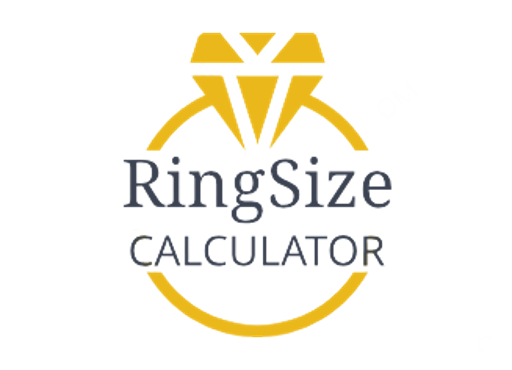Explore our comprehensive Frequently Asked Questions page on Ring Size Calculator to get answers to all your ring sizing queries. Learn about measurement techniques, factors affecting ring size, and how to choose the perfect fit for any ring type. Start your journey to the perfect ring here!
Frequently Asked Questions
A Ring Size Calculator is a handy tool that assists in finding your exact ring size, ensuring a perfect fit. It helps alleviate the ambiguity and guesswork involved in ring shopping, especially online, where you can’t physically try on the ring.
A Ring Size Calculator operates by converting the measurements of your finger’s circumference or diameter into standard ring sizes. These measurements can be taken using a piece of string, a strip of paper, or a measuring tape.
Generally, a ring size calculator should be able to cater to a wide range of finger sizes. However, extremely small or large fingers might not fit within the standard sizes that most calculators and jewelers use. Additionally, the accuracy of the ring size calculator will depend on the user correctly measuring their finger.
No, the ring size is not the same for all fingers. Each finger can have a different size, even on the same hand. Moreover, the same finger can be a different size on the left hand compared to the right. Therefore, it’s important to measure the specific finger on which you plan to wear the ring.
Yes, ring sizes can vary between different types of rings. Wide band rings often require a slightly larger size compared to thin band rings. This is because wide bands have a greater surface area in contact with the finger, which can feel tighter. It’s important to consider the ring style when determining your ring size.
Yes, weather can affect ring size to some extent. Your fingers can swell in hot weather or shrink in cold weather, which might make your ring feel tight or loose, respectively. Additionally, factors like hydration, physical activity, and time of the day can also influence your finger size.
FAQ’sn (Frequently Asked Questions)
If your ring size falls between two sizes, it’s usually recommended to go for the larger size for a comfortable fit. Rings can often be resized, but it’s generally easier to size a ring down (make it smaller) than it is to size it up (make it larger). However, how much a ring can be resized depends on the material and design of the ring. Therefore, it’s always better to have a ring that’s slightly too large rather than one that’s too small.
While a ring size calculator can give a close estimate of your ring size, the accuracy largely depends on how correctly you measure your finger.
You can use a piece of string or a strip of paper, wrap it around your finger, and then measure the length of the string or paper. It’s important to measure the specific finger on which you plan to wear the ring as different fingers can have different sizes.
Yes, the size can vary between different types of rings. Wide band rings often require a slightly larger size compared to thin band rings. It’s important to consider the ring style when determining your ring size.
If your ring size falls between two sizes, it’s usually recommended to go for the larger size for a comfortable fit. It’s generally easier to resize a ring down (make it smaller) than it is to size it up (make it larger).
Yes, factors like weather, time of day, hydration, and physical activity can influence your finger size. Your fingers can swell in hot weather or shrink in cold weather, and might be slightly larger at the end of the day compared to the morning.
